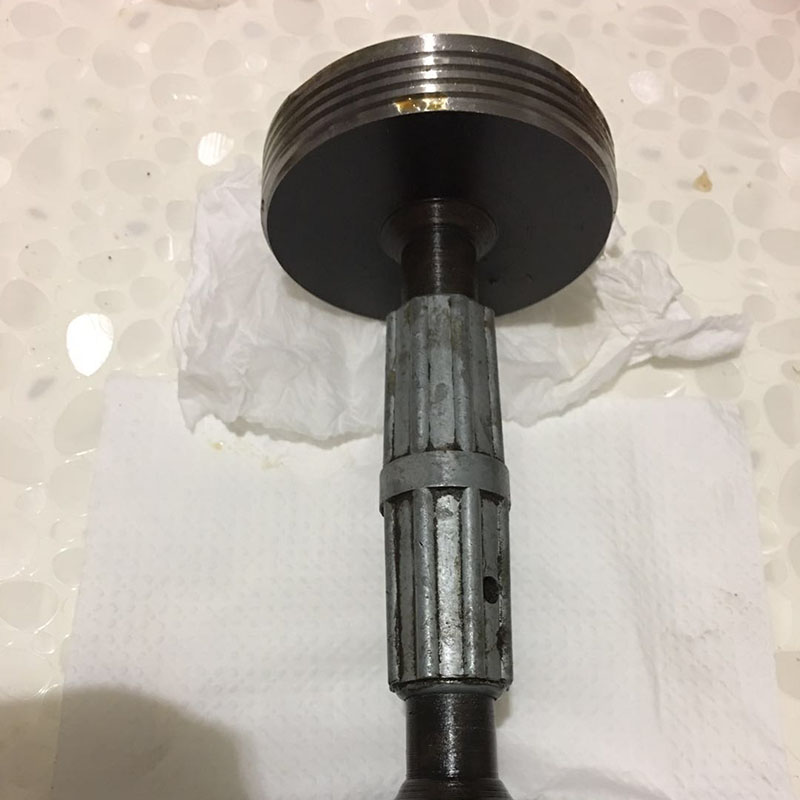Nov . 21, 2024 00:03 Back to list
ring gauge is used for checking
Understanding the Use of Ring Gauges in Precision Measurement
In the world of engineering and manufacturing, precision is paramount. One of the critical tools that help ensure this precision is the ring gauge. This specialized instrument plays a vital role in quality control processes, particularly in the checking of dimensionally critical features of components.
What is a Ring Gauge?
A ring gauge is a cylindrical tool that is used primarily for measuring the external diameters of cylindrical objects. It is typically made from hardened steel and features a precisely machined internal surface. The ring gauge is available in two main types fixed and adjustable. The fixed ring gauge is created to specific dimensions, while the adjustable type allows for some variation to accommodate different sizes.
Purpose and Application
The primary purpose of a ring gauge is to verify the sizes of external diameters of manufactured parts, ensuring that they meet specified tolerances. In various industries, such as automotive, aerospace, and manufacturing, parts must fit together seamlessly to ensure proper functionality and safety. This makes accurate measurements crucial.
For example, in the automotive industry, a ring gauge might be used to check the diameter of a bearing or the shaft of an engine component. If the dimensions are not within tolerance, the parts may not fit correctly, leading to potential failures and safety hazards. Thus, using a ring gauge helps manufacturers avoid costly mistakes and ensures that only quality parts progress through the assembly process.
How Does it Work?
Using a ring gauge is relatively straightforward. The operator places the component being measured into the gauge. If the component fits snugly without any excessive force, it is within the acceptable dimensional range. Conversely, if the part is too loose or does not fit at all, it indicates that the diameter is either too small or too large, respectively.
There are two key measurements assessed with a ring gauge
ring gauge is used for checking

1. Go Gauge This portion of the gauge represents the maximum acceptable size. A component must pass through the Go portion comfortably to be deemed acceptable. 2. No-Go Gauge This represents the minimum acceptable size. The component should not pass through the No-Go portion; otherwise, it is considered out of tolerance.
Importance of Calibration
Ring gauges must be regularly calibrated to maintain their accuracy over time. This involves comparing the measurements of the gauge against a standard reference to ensure they remain within specified limits. Calibration should be performed according to established standards and schedules, as even minor deviations can lead to significant measurement errors.
Benefits of Using Ring Gauges
1. Accuracy Ring gauges offer high levels of precision, allowing users to make well-informed decisions about manufacturing tolerances.
2. Simplicity The design of ring gauges is straightforward, which makes them easy to use for operators at various skill levels.
3. Durability Typically constructed from hardened materials, ring gauges have a long lifespan and can maintain their accuracy through extensive use.
4. Cost-Effectiveness By ensuring that only parts meeting specifications move into later stages of production, ring gauges can help minimize scrap rates and reduce overall manufacturing costs.
Conclusion
In conclusion, ring gauges are essential tools in the field of precision measurement and quality control. They play a critical role in ensuring components meet requisite specifications, thereby maintaining product quality and safety. By understanding the functionality and significance of ring gauges, manufacturers can better implement these tools into their processes, contributing to more efficient production and higher standards of quality in their products. The investment in such quality assurance measures pays off in the long run with reduced costs, increased customer satisfaction, and enhanced brand reputation.
-
Precision Manufacturing with Advanced Spline Gauge DesignNewsJul.31,2025
-
Industrial-Grade Calibrated Pin Gauges for Exact MeasurementsNewsJul.31,2025
-
Industrial Filtration Systems Depend on Quality Filter DN50 SolutionsNewsJul.31,2025
-
High-Performance Gate Valve WholesaleNewsJul.31,2025
-
Granite Surface Plate The Ultimate Solution for Precision MeasurementNewsJul.31,2025
-
Granite Industrial Tools The Ultimate Guide for Bulk BuyersNewsJul.31,2025
Related PRODUCTS









